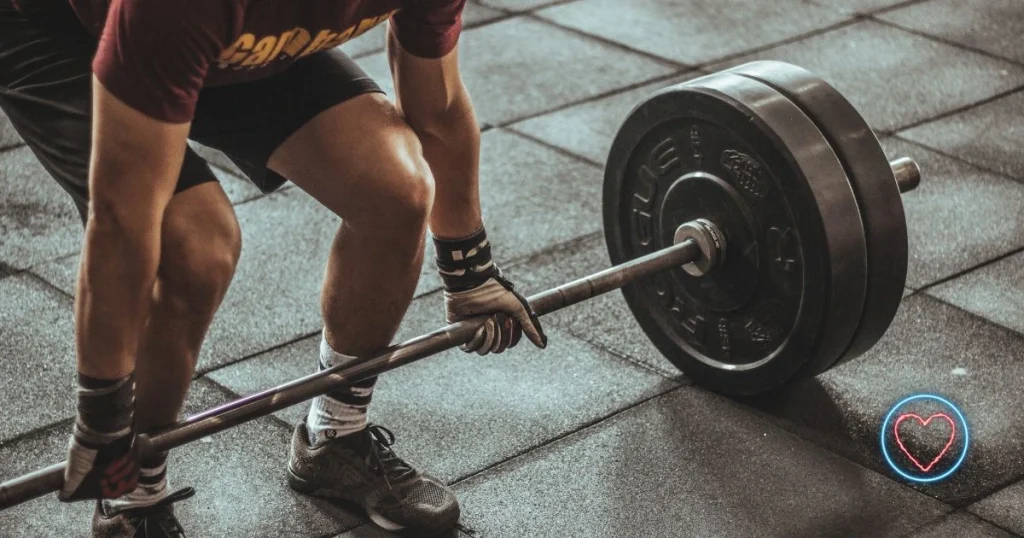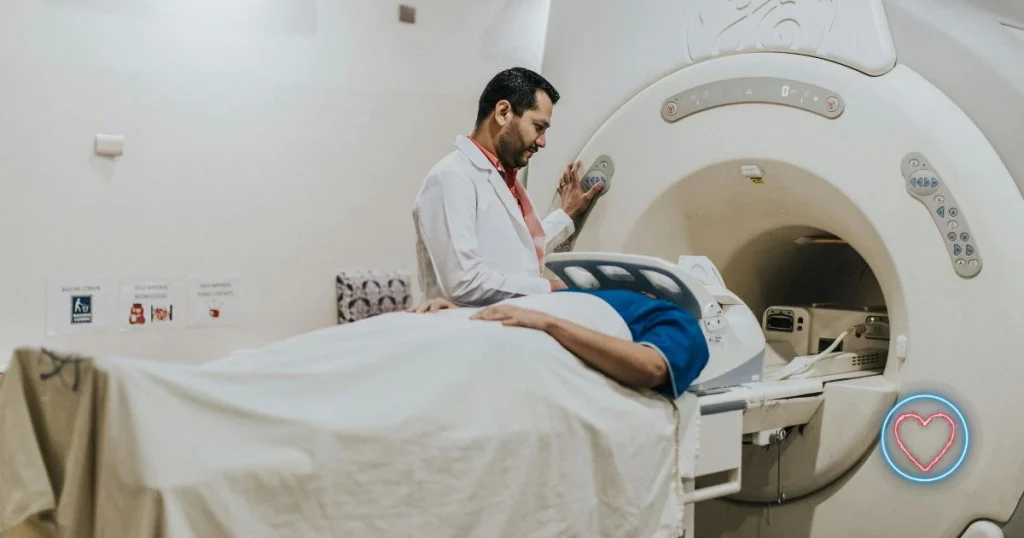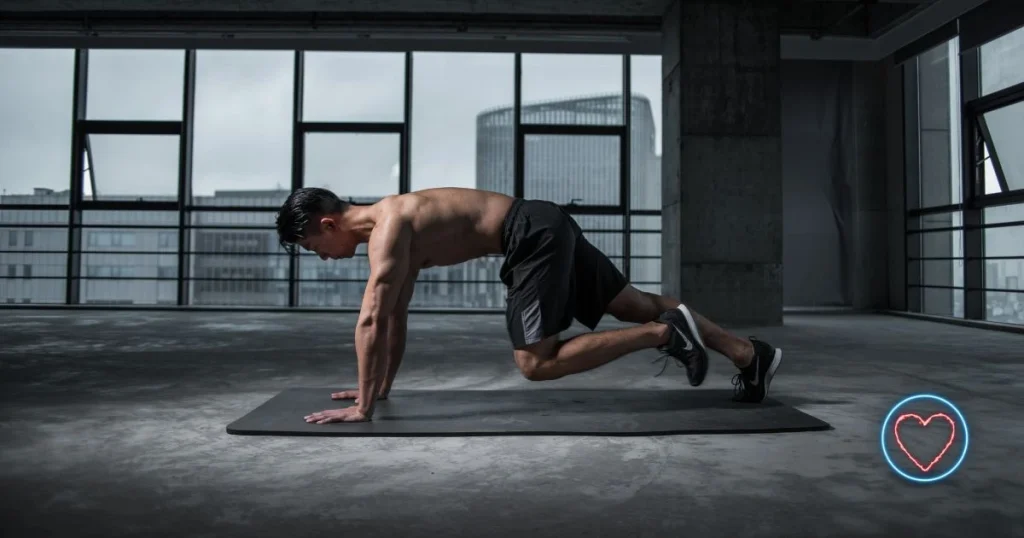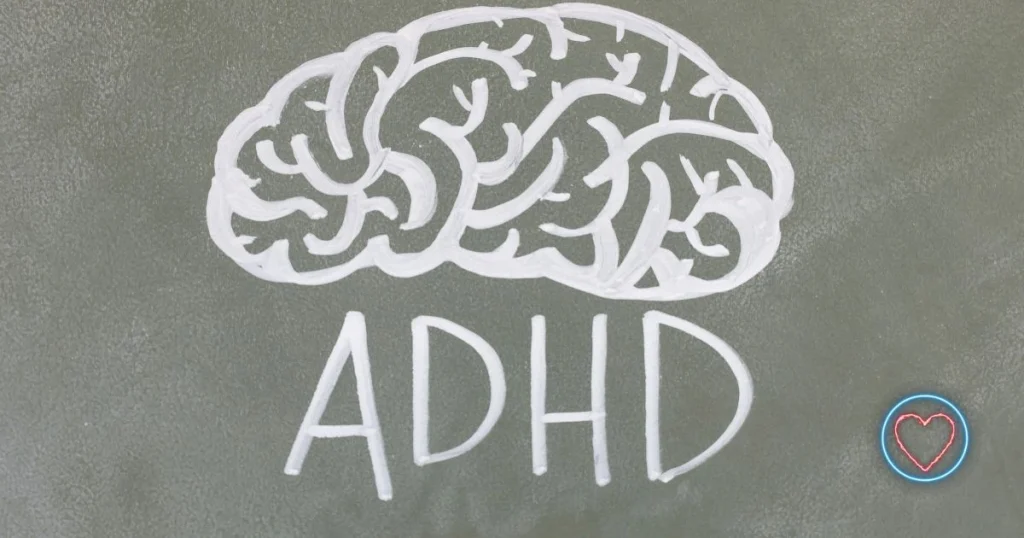As the global population continues to age, maintaining physical health and independence among older adults has become increasingly important. Engaging in senior fitness programs is one of the most effective ways to enhance quality of life, prevent chronic diseases, and boost mental well-being. Unlike generic exercise routines, these programs are carefully designed to address the unique needs and challenges faced by individuals aged 60 and above.
This comprehensive article explains why senior fitness programs are essential, outlines their scientifically proven benefits, explores various popular types, and offers practical advice for seniors and caregivers looking to adopt or sustain a fitness routine for healthy aging.
Why Senior Fitness Programs Are Essential
Physical activity remains a cornerstone of healthy aging. However, many seniors face barriers such as chronic pain, arthritis, mobility limitations, or fear of injury. These obstacles can discourage them from engaging in regular exercise. Therefore, structured senior fitness programs provide safe, supportive, and effective avenues to build strength, improve flexibility, and increase endurance.
Combatting Age-Related Decline
As people age, muscle mass naturally decreases in a condition called sarcopenia. Additionally, bone density reduces, balance deteriorates, and cardiovascular fitness declines. These changes significantly increase the risk of falls, fractures, and loss of independence. Senior fitness programs specifically target these issues by:
- Building muscle strength to support joints and bones.
- Enhancing balance and coordination to prevent falls.
- Improving heart and lung function.
- Increasing joint flexibility and mobility.
Preventing and Managing Chronic Diseases
Moreover, regular exercise helps reduce the risk and severity of many chronic conditions commonly seen in older adults, such as:
- Type 2 diabetes
- Hypertension
- Osteoporosis
- Heart disease
- Depression and anxiety
By improving insulin sensitivity, lowering blood pressure, strengthening bones, and releasing mood-enhancing endorphins, senior fitness programs support overall health.
Mental and Social Well-being
Beyond physical benefits, exercise significantly boosts cognitive function, memory, and mood. In addition, group fitness classes offer seniors valuable opportunities to socialize, which can combat isolation and loneliness — problems that affect many older adults.
Comprehensive Benefits of Senior Fitness Programs
Participating regularly in senior fitness programs yields numerous advantages, including:
Physical Benefits
- Improved Strength: Resistance training helps build and maintain muscle mass.
- Enhanced Balance and Fall Prevention: Core stability and proprioception exercises reduce the risk of falls.
- Better Cardiovascular Health: Aerobic activities strengthen the heart and lungs.
- Greater Flexibility: Stretching maintains joint range of motion.
- Weight Management: Regular physical activity supports healthy body weight and metabolic function.
Mental Benefits
- Sharper Cognitive Function: Exercise promotes neurogenesis and improves brain plasticity.
- Lowered Anxiety and Depression: Physical activity stimulates the release of serotonin and dopamine.
- Improved Sleep Quality: Consistent exercise helps regulate sleep patterns.
Social Benefits
- Stronger Social Connections: Group classes foster friendships and reduce loneliness.
- Increased Motivation: Exercising with peers enhances adherence and accountability.
Popular Types of Senior Fitness Programs
Senior fitness programs vary in format, each offering unique advantages. Choosing the best one depends on individual health conditions, preferences, and goals.
Strength Training
Also known as resistance or weight training, this form of exercise involves using free weights, machines, resistance bands, or body weight to increase muscle mass. Because sarcopenia is a natural consequence of aging, strength training is critical for preserving functional independence.
Examples include:
- Weightlifting with machines or free weights at the gym.
- Resistance band workouts at home.
- Body-weight exercises like squats and wall push-ups.
Balance and Flexibility Programs
Exercises focused on improving coordination, joint mobility, and posture reduce fall risk and enhance daily function.
Examples include:
- Tai Chi, a gentle martial art emphasizing slow, deliberate movements.
- Yoga, which promotes flexibility, balance, and relaxation.
- Pilates, strengthening the core and improving alignment.
Cardiovascular (Aerobic) Training
These exercises raise heart rate and improve cardiovascular fitness, endurance, and lung capacity.
Examples include:
- Walking or Nordic walking.
- Swimming or water aerobics.
- Cycling on stationary or outdoor bikes.
Group Fitness Classes
Group settings combine social interaction with exercise. Many programs blend aerobic, strength, and flexibility training in a supportive environment.
Examples include:
- Senior aerobics.
- Dance classes like Zumba Gold.
- Chair exercises designed for seniors with limited mobility.
Functional Fitness
Functional fitness emphasizes exercises that mimic real-life movements to improve independence in daily activities.
Examples include:
- Sit-to-stand movements.
- Step-ups.
- Lifting light weights similar to household tasks.
How to Create a Safe and Effective Senior Fitness Program
Designing or selecting the right fitness program requires consideration of safety, personal health, and individual preferences.
Consult Healthcare Professionals
Before beginning a new exercise regimen, seniors should speak with their healthcare providers. This is especially important for those with chronic conditions or mobility challenges. A medical professional can recommend appropriate activity levels and safety precautions.
Set Realistic, Personalized Goals
Goals should be meaningful and achievable, such as increasing walking endurance, easing joint pain, or improving balance to prevent falls.
Include Variety in Your Routine
A balanced program incorporates cardiovascular, strength, balance, and flexibility exercises. This holistic approach maximizes overall benefits and helps keep workouts engaging.
Prioritize Proper Technique
Maintaining correct form is vital to avoid injuries. Working with trained instructors, physical therapists, or fitness trainers experienced with seniors can help ensure exercises are done safely.
Start Slowly and Progress Gradually
Most seniors benefit from beginning with low-impact exercises and slowly increasing the intensity, duration, and frequency over time.
Warm Up and Cool Down
Incorporating gentle stretching and mobility exercises before and after workouts helps reduce injury risk and promotes recovery.
Well-Known Senior Fitness Programs and Resources
Several established programs and organizations provide excellent senior fitness options:
SilverSneakers
One of the most popular programs in the US, SilverSneakers offers gym memberships and senior-friendly classes focused on accessibility, fun, and social engagement.
Enhance Fitness
This evidence-based community program combines cardiovascular, strength, balance, and flexibility training tailored specifically for older adults.
YMCA Senior Programs
Many YMCA branches provide affordable or free senior-specific classes, such as aquatic fitness, yoga, and functional movement.
Local Community Centers
Often overlooked, community centers provide valuable, low-cost senior fitness classes, promoting both health and social connection.
Maintaining Motivation and Consistency
Sticking with a fitness program can be challenging, but the following tips can help seniors maintain long-term commitment:
- Find a Workout Partner: Exercising with a friend increases accountability.
- Track Your Progress: Keeping a log of workouts and improvements can boost motivation.
- Celebrate Small Victories: Recognize progress in strength, balance, or mood improvements.
- Choose Activities You Enjoy: Enjoyment increases the likelihood of continuing exercise.
- Stay Social: Participate in group classes or fitness clubs to meet others.
- Modify as Needed: Listen to your body and adjust exercises if discomfort arises.
Overcoming Common Barriers
Many seniors face obstacles that prevent regular exercise. Understanding how to overcome these challenges is essential.
- Fear of Injury: Work with trained professionals and begin with gentle exercises.
- Lack of Motivation: Set meaningful goals and remind yourself why fitness matters.
- Limited Access to Facilities: Use home workouts, parks, or online classes as alternatives.
- Chronic Health Issues: Adapt exercises based on medical advice and physical therapist guidance.
The Role of Caregivers and Family
Caregivers and family members have an important role in supporting seniors’ fitness journeys. They can:
- Assist in finding appropriate programs.
- Provide encouragement and companionship during workouts.
- Celebrate achievements to boost confidence.
- Help monitor safety and progress.
Technology and Senior Fitness
Technology offers exciting tools to make senior fitness more accessible and enjoyable:
- Wearable Devices: Track steps, heart rate, and activity levels.
- Virtual Classes: Participate in live or on-demand workouts from home.
- Fitness Apps: Guided routines and reminders encourage consistency.
- Telehealth: Remote physical therapy sessions provide professional support.
These innovations can increase safety, motivation, and engagement in exercise programs.
Conclusion: Aging Strong Through Movement
Senior fitness programs are not merely about exercise; they represent a vital pathway to preserving independence, enhancing mental and physical health, and improving quality of life. The benefits extend well beyond physical fitness, allowing seniors to engage actively with their communities and families.
By selecting the right program, committing to regular activity, and seeking support when needed, seniors can thrive well into their golden years. Fitness is a lifelong journey that offers vitality, joy, and resilience at every age.
Whether it’s lifting light weights, dancing in a group, or simply taking a daily walk, moving your body remains one of the best investments for healthy aging.




















